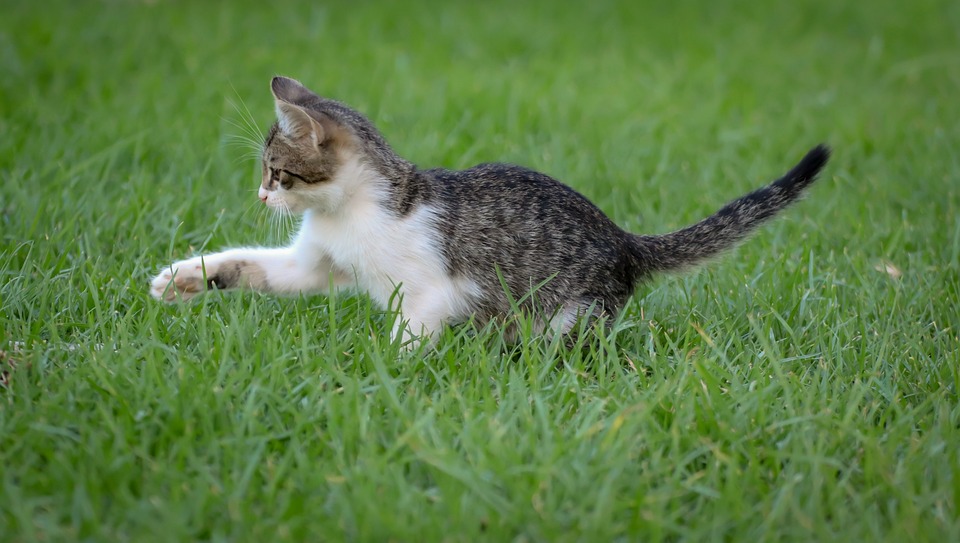# Safe and Sound: Steps to Protect Your Cat from Outdoor Risks
## Introduction
Cats are curious creatures, and their adventurous nature often leads them to explore the great outdoors. While outdoor exploration can provide mental and physical stimulation for your feline friend, it also exposes them to a range of potential risks. As a responsible cat owner, it is crucial to take proactive measures to safeguard your cat’s health and well-being. In this article, we will discuss essential steps to protect your cat from outdoor risks and provide answers to frequently asked questions.
## Why should you protect your cat from outdoor risks?
Outdoor risks can pose serious dangers to your cat’s safety and overall health. From encounters with aggressive animals to exposure to contagious diseases, the threats lurking outside can be life-threatening. By taking preventive measures, you can minimize the risks and ensure your furry companion stays safe and sound.
## Step 1: Ensure proper identification
### Microchipping: A Permanent ID Solution
Microchipping is a safe and effective method to permanently identify your cat. This tiny device, implanted under the skin, contains a unique identification number that can be scanned by veterinarians or animal shelters. In the unfortunate event that your cat gets lost, a microchip significantly increases the chances of a happy reunion.
### Collars with ID tags: An Additional Safety Measure
While microchipping is essential, it is also crucial to have your cat wear a collar with visible ID tags. These tags should include your contact information, ensuring that anyone who finds your cat can easily reach out to you.
## Step 2: Create a safe outdoor space
### Enclosed Outdoor Cat Enclosures
Providing your cat with a safe outdoor space is an excellent compromise between allowing outdoor access and ensuring their safety. Enclosed outdoor cat enclosures, also known as “catios,” are secure structures that allow your cat to experience the sights, sounds, and smells of the outdoors without exposing them to potential dangers.
### Cat-Proofing Your Yard
If you have a yard, cat-proofing it is a vital step to protect your cat. Ensure that your fence is secure, with no gaps or holes for your cat to slip through. Avoid using toxic plants or chemicals in your garden, as they can be harmful if ingested by your feline friend.
## Step 3: Vaccination and parasite control
### Regular Vaccinations
Keeping your cat up to date on vaccinations is crucial for their overall health and protection against infectious diseases. Consult with your veterinarian to determine the appropriate vaccination schedule for your cat based on their lifestyle and potential exposure risks.
### Parasite Control
Outdoor cats are more prone to encountering parasites such as fleas, ticks, and worms. Regular use of veterinarian-recommended flea and tick preventives, as well as deworming treatments, is necessary to keep your cat free from these pesky critters.
## FAQs (Frequently Asked Questions)
1. Q: Should I let my cat roam freely outside?
A: Allowing your cat to roam freely outside exposes them to various risks. It is safer to provide supervised outdoor time or create a secure outdoor enclosure.
2. Q: Is it necessary to microchip my cat if they never go outside?
A: Yes, microchipping is still recommended even for indoor cats. Accidents can happen, and a microchip increases the chances of a lost cat being identified and returned to its owner.
3. Q: How often should my cat receive vaccinations?
A: Vaccination schedules may vary, but most cats require core vaccinations annually or every three years. Consult with your veterinarian to determine the appropriate schedule for your cat.
4. Q: Can outdoor cats transmit diseases to humans?
A: While the risk is relatively low, outdoor cats can carry zoonotic diseases. Practicing good hygiene, such as washing hands after handling cats, can help minimize the risk of transmission.
Remember, prioritizing your cat’s safety is essential. By following these steps and taking precautions, you can provide your feline companion with a happy and healthy life, both indoors and outdoors.








